RECENT
OUR WORK
HISTORIC
RESOURCES
TRAVEL
Journal

October 21, 2025
I walked into the Cartier Jewelry Exhibit expecting sparkle, as one does, but the scale and intention behind each piece stops one cold. Beyond making jewelry; Cartier shaped culture with a designer’s eye for architecture, history, and form. The exhibit moves through eras, influences, and entire worlds of craft. It feels both extravagant and sharply disciplined, which is exactly why I wanted to see it in person.
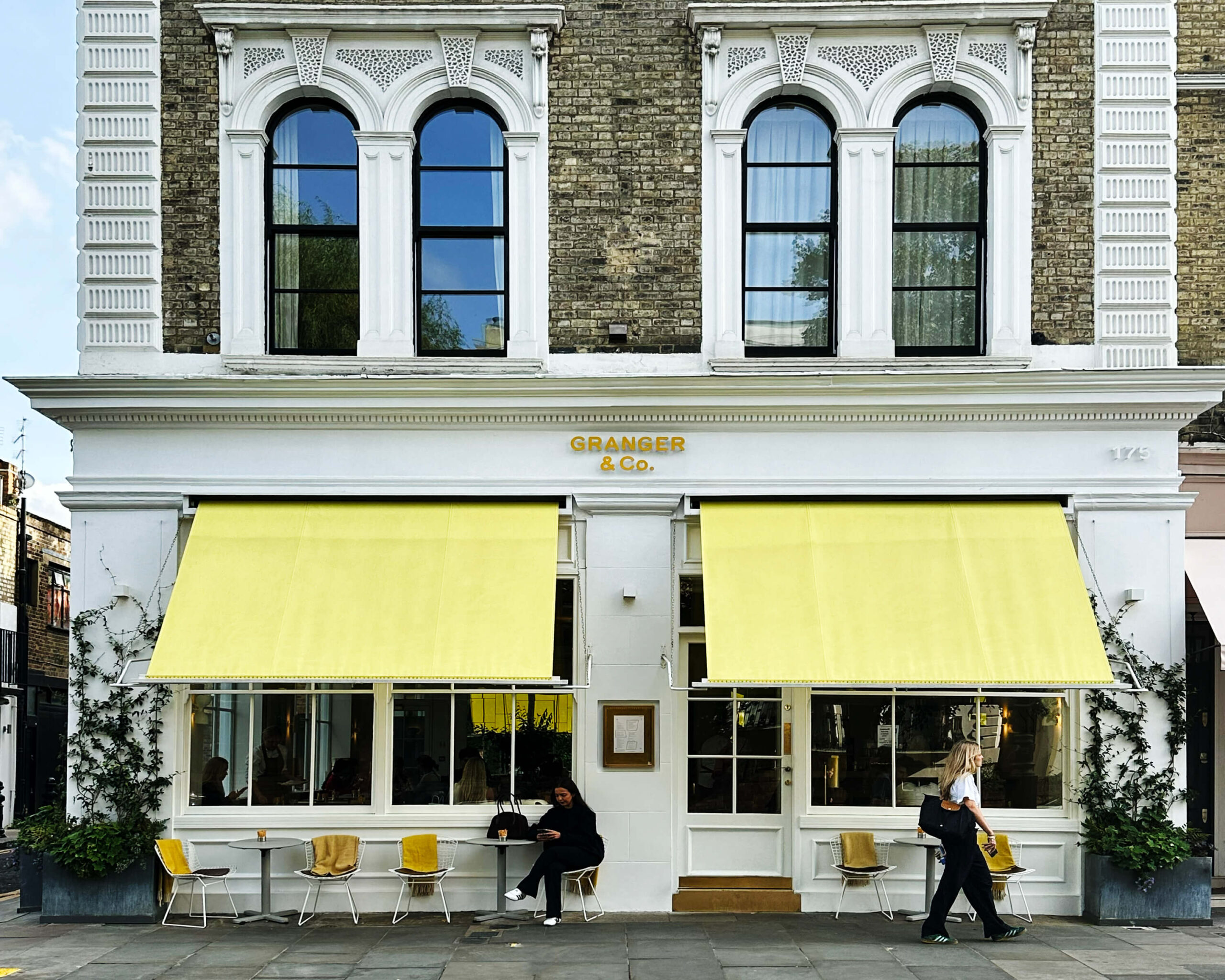
October 5, 2025
Notting Hill London shopping has its own rhythm. London shopping in general feels like a full experience, and the major department stores—Liberty of London, Fortnum and Mason, and Harrod’s—make it easy to lose hours. Their architecture matches the scale of the goods inside. Yet Notting Hill offers something different. Not one grand destination, but small boutiques with strong identities and beautiful facades.
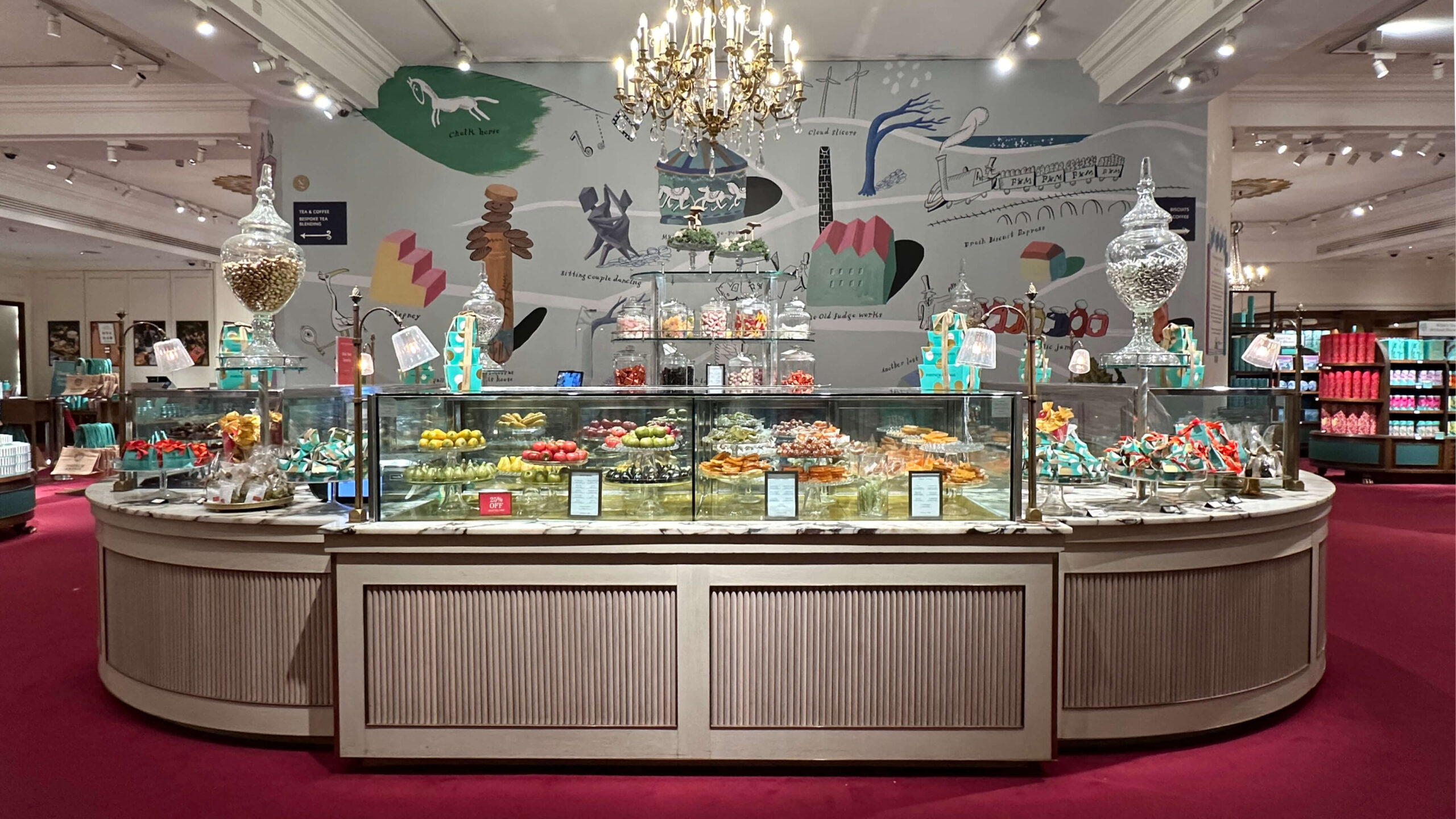
October 2, 2025
Thoughtful Gifts Fortnum & Mason London was my favorite department store—less about fashion and more about refinement. Accessories, small handbags, tea, cookies, and treats fill every floor. It’s the perfect place to find gifts that feel thoughtful but never overdone. My suitcase was too full, so I ordered online to have gifts waiting for me […]
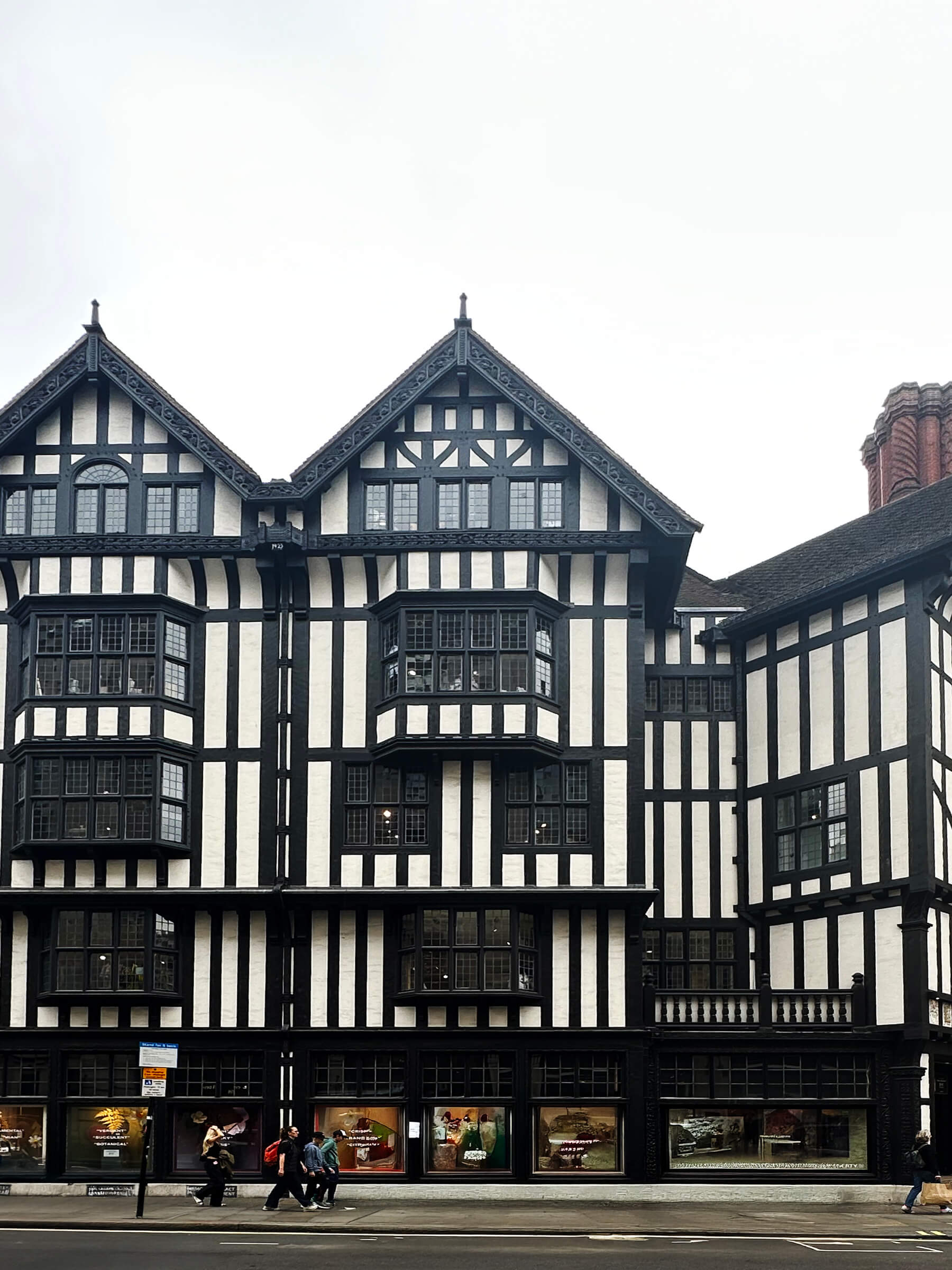
September 30, 2025
A Building’s Charm The Liberty London department store is one of those rare buildings that practically pulls you inside—the design of the building practially makes you want to spend money. Its exterior could double as a business strategy. The place was packed when I visited, and it’s easy to see why. Beyond the quality clothing, […]
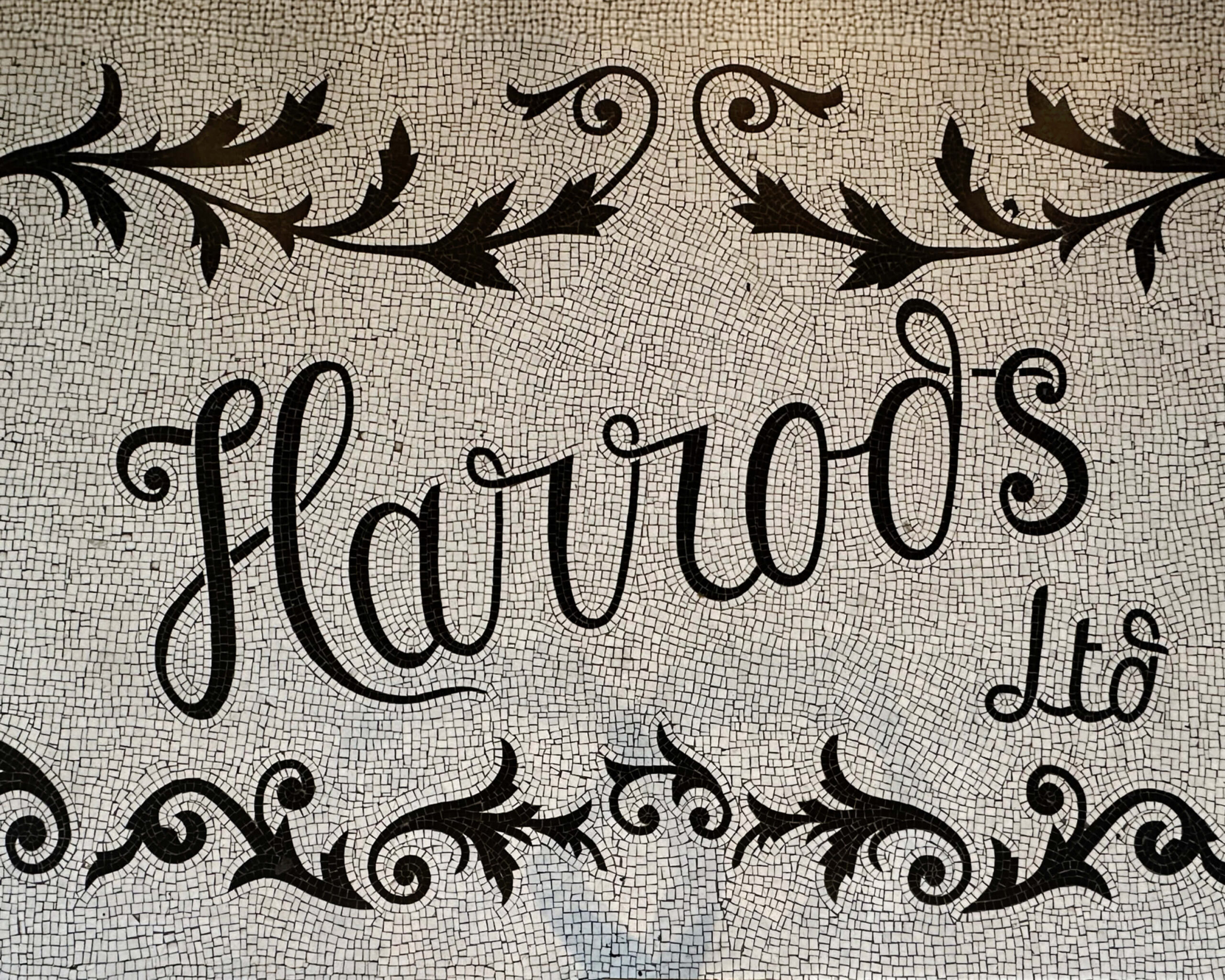
September 27, 2025
A London Landmark In the heart of Knightsbridge, Harrod’s london department store stands as one of London’s most recognizable landmarks. The neighborhood’s proximity to Hyde Park and its reputation for luxury make it the perfect home for this icon of British retail. Founded in 1849, the business began as a small grocery and tea merchant […]

September 26, 2025
Mayfair Reimagined Tucked into the heart of Mayfair on Grosvenor Square, The Twenty Two is a 31-room boutique hotel housed within an Edwardian manor. The building dates to the early 20th century, with double-height ceilings, ornate plasterwork, and classical proportions that set the tone for its grand yet intimate atmosphere. The hotel sits at one […]
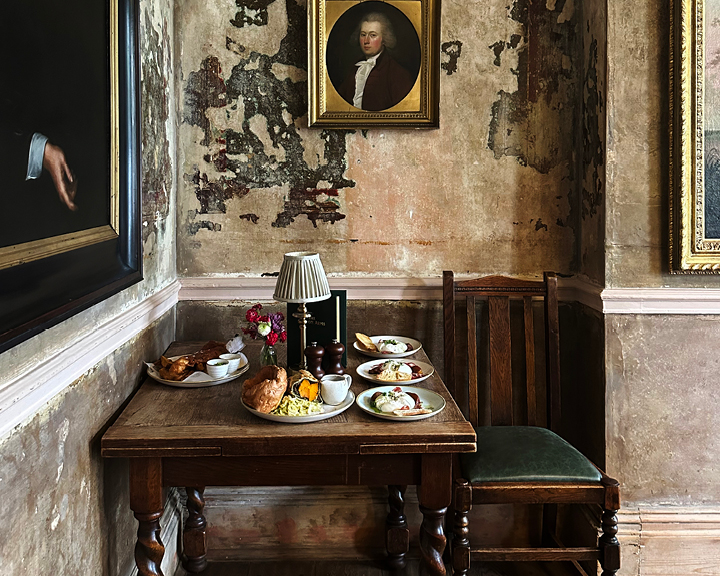
September 23, 2025
This guide uses a designer’s lens to eat, sleep, and shop London, focusing on places where the interiors drive the experience. Design shows up in everyday settings—restaurants, hotels, and members’ clubs reveal how space shapes how people gather and move. These recommendations highlight where to eat, sleep, and shop, chosen for their architecture, atmosphere, and character.
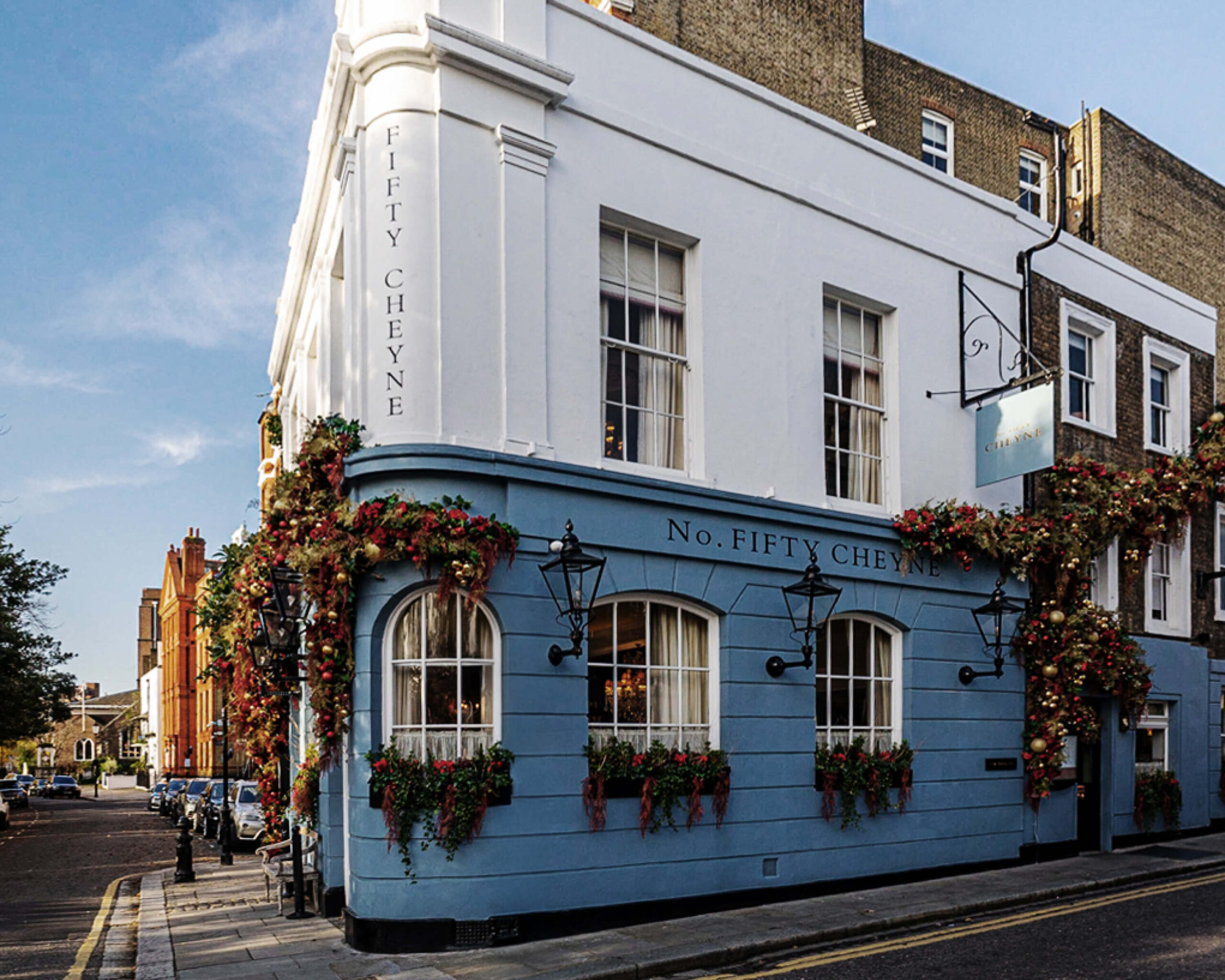
September 21, 2025
Interior-Driven Hospitality London restaurants set a global standard for interior-driven hospitality. From historic pubs with centuries-old patina to luxury hotels with sculptural staircases and bespoke textiles, these interiors are inspiring. More than destinations; these spots lessons in hospitality design and living examples of how architecture and interiors shape human experience. Dining is always beyond the […]